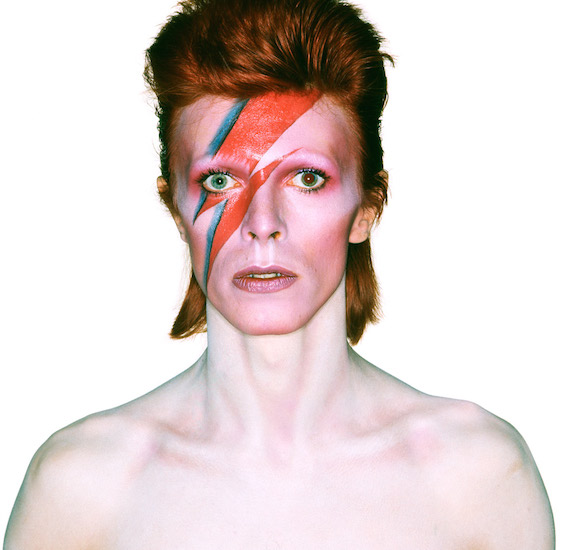On Jan. 10, the world learned about the passing of one of the world’s most influential and loved figures: David Bowie. The news came just two days after the release of Bowie’s latest album “Blackstar” and coincidentally, his 69th birthday.
Born in 1947 in Brixton, a southern district of London, Bowie released 26 albums, acted in over 20 films and inspired millions to be entirely unique over the course of his life. His personal life was equally as fantastic as his work; Bowie’s multiple personas, such as the famous Ziggy Stardust and the Thin White Duke, inspired eccentricity and confidence in his fans and his friendships with fellow musicians, such as Brian Eno and Mick Jagger, were constantly under public speculation and adoration. It’s impossible to encompass everything that made Bowie so meaningful and prominent within a single article, but, below, read about some of his biggest and best works.
“Hunky Dory” (1971)
Even non-Bowie fans probably have heard “Changes” or “Life on Mars.” “Hunky Dory,” released in December of 1971, is generally regarded by critics and fans as one of Bowie’s best albums. Easing away from the harder sound of “The Man Who Sold the World,” this album returns with some of the pop elements featured on his debut album, but also stays true to rock influence. “Hunky Dory” includes a nod to inspiration, Andy Warhol, in his song “Andy Warhol,” signifying Bowie’s love of pop art; Bowie even went on to play Warhol in the 1996 film “Basquiat.” The album also includes popular song “Oh! You Pretty Things.” With such an incredible compilation of technically well-done and fantastic songs, it’s easy to rank “Hunky Dory” as one of the best things Bowie ever produced.
“The Man Who Fell to Earth” (1976)
Considered Bowie’s most famous film role alongside his performance in “Labyrinth,” “The Man Who Fell to Earth” tells the story of an alien, played by Bowie, who travels to Earth in search of water for his dehydrated planet. The film, which has achieved cult status amongst its viewers, was seemingly made for Bowie; could anyone else play the part of an alien man better than the seemingly extraterrestrial artist? “The Man Who Fell to Earth” garnered mixed-to-positive reviews from critics. No matter what the critics believe, it’s impossible to ignore the delightfully strange film and even more impossible to discredit Bowie’s brilliant part in it.
“D Head Series” (approx. 1995-1997)
While Bowie’s career as both a musician and an actor are highly prolific, casual fans of the star may be surprised to know he was also a talented artist. The “D Head” series, a collection of self-portraits created by Bowie, have circulated throughout the art world, often selling for thousands of dollars. Each of the works in the series was constructed using acrylic paint and collage on canvas. The “D Head” paintings show a high degree of artistic skill—Bowie used muted colors in these self-portraits, but he still captured the magnetizing aura that he radiated in real life.
Bowie truly did seem like a “Space Oddity” on Earth; there is no planet that could contain his eccentricity, his art and his multiple personas. As the week continued, tributes to the artist from others such as Mick Jagger, Madonna and Elton John kept pouring in. Fans kept creating art and expressing their condolences to Bowie’s family and friends through social media. His passing saddens even those who weren’t massive fans; when an artist of his caliber is no longer living, everyone feels the effects. For now, a memorial concert is planned for March 31 at Carnegie Hall, with a second night at Radio City Music Hall on April 1. Musicians slated to play include The Roots and Cat Power. As for local commemoration, check out some graffiti art featuring a Ziggy-esque depiction of Lemmy, late Motorhead frontman, outside restaurant City O’ City. Listen to Bowie’s latest album, “Blackstar,” on Spotify.











